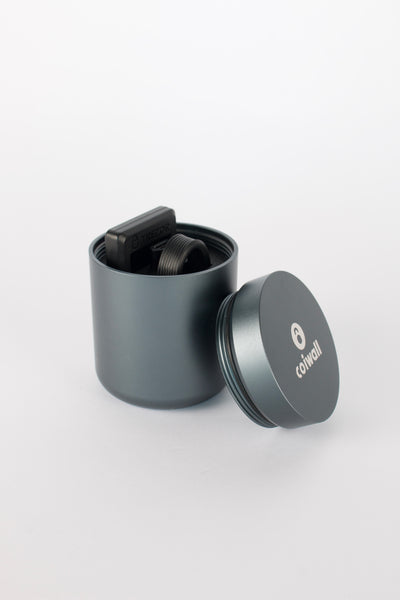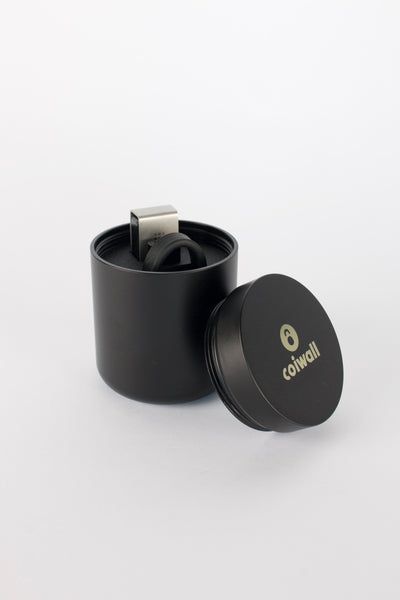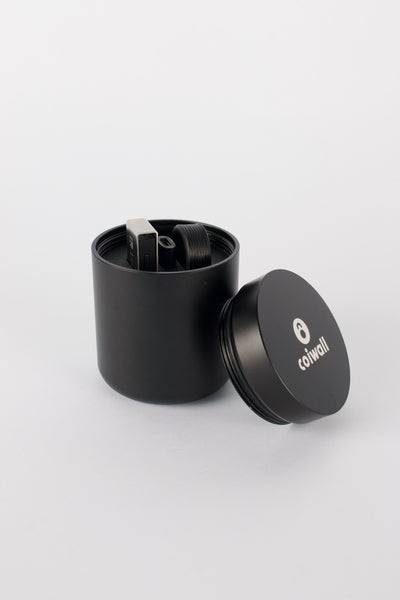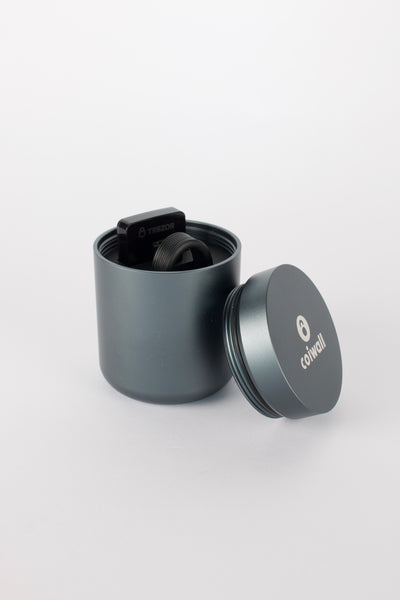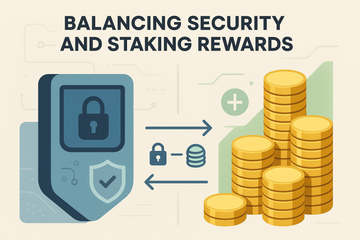So, you're knee-deep in the crypto world, and considering how to protect your hard-earned assets. Whether you're a crypto newbie or seasoned investor, you've probably heard about hardware wallets and staking. Now, you're wondering if there's a magical way to combine these two for greater gains and better security. Well, let me walk you through what's possible and what's not when it comes to crypto staking with a hardware wallet.
Decoding the Basics: What Are Hardware Wallets?
Hardware wallets, the darlings of crypto security, are physical devices designed to store your private keys offline. Names like Trezor and Ledger often pop up in these conversations, serving as bastions against hacks. They’re sort of like the trusty old safe you keep under your bed, but for your digital coins. By keeping your keys off the internet, they protect your assets from cyber marauders. Sounds like a no-brainer for peace of mind, doesn’t it?
Staking: Let’s Talk Passive Income
Crypto staking, on the other hand, is a whole different ball game. It’s an innovative way to earn passive income by helping maintain a blockchain network. You essentially lock up your crypto holdings and, in return, earn rewards. Think of it as putting your money in a high-interest savings account but with a digital twist. That’s pretty cool, right?
Can You Stake Directly Through a Hardware Wallet?
Now, here’s the million-dollar question: can you stake directly through your hardware wallet? In short, sort of. You see, while hardware wallets are incredible for storing crypto securely, staking through them isn’t always straightforward. Some wallets, like Ledger, offer certain functionalities that let you delegate your tokens for staking while maintaining them offline. Sounds like magic? Well, let's break it down a bit.
The Ledger and Trezor Experience
Ledger has integrated staking support for specific cryptocurrencies through their Ledger Live app. This means you can keep your private keys offline on your Ledger device while staking certain assets. However, not all cryptocurrencies are supported for staking in this way.
In contrast, Trezor currently doesn't offer direct staking through its wallet interface. You might need to connect it to a third-party service, which frankly, waters down the whole 'security-first' principle of using a hardware wallet. It’s like parking your car in a secure garage but leaving the garage open.
Pros and Cons: Balancing Act
Before you get all excited, let’s weigh up the pros and cons. The advantage? Keeping your cryptocurrency secure while earning staking rewards without leaving your assets online where they might be vulnerable. On the downside, the setup can be slightly complex, potentially involving third-party platforms if you can't stake directly through your device—and nothing is foolproof.
- Pro: Enhanced security of keeping private keys offline
- Con: Limited selection of cryptocurrencies available for staking directly
- Pro: The convenience of managing both holding and staking in one place
- Con: Complexity and potential reliance on third-party tools
Alternatives Worth Considering
If you find hardware wallet staking to be a bit too 'extra' in terms of setup, there's no shame in looking into alternatives. Software wallets and exchanges like Coinbase or Binance offer staking with less hassle, albeit with higher security risks. It’s like choosing to eat out instead of cooking at home—convenient but less controlled.
Security First, Rewards Second
At the end of the day, it's all about balancing security and return. Using a hardware wallet for staking can be a perfect blend for the savvy crypto user looking to keep their assets safe while making a little on the side. The trick is to stay informed—know what your wallet supports, and understand the third-party risks if you involve them.
In the crypto realm, where change is the only constant, keeping abreast of updates from your wallet provider and the industry can offer the edge you need. After all, your financial security isn't just about what’s in your wallet—it’s about how you manage it.
What's the Verdict?
Ultimately, using a hardware wallet for staking comes down to personal preference and risk tolerance. If top-notch security is your priority, and you don't mind a bit of a technical challenge, then it might be your cup of tea. But if you're chasing convenience, maybe sticking to simpler methods isn't so bad. Whichever path you choose, keep learning, stay curious, and never let the jargon intimidate you—after all, isn't that what being in the crypto space is all about?

